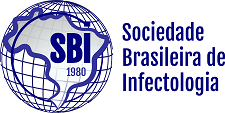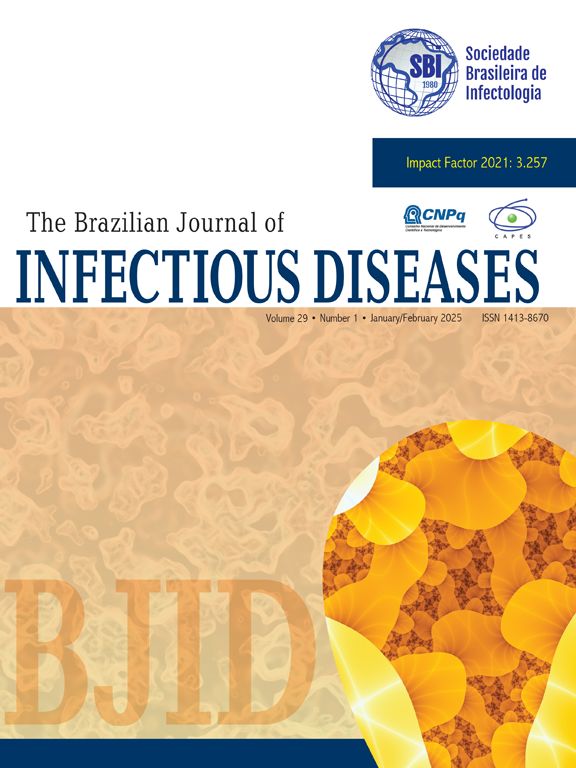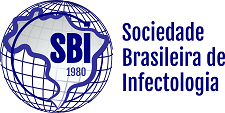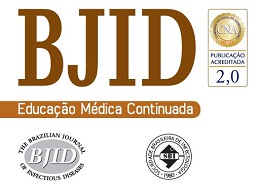Treatment of HIV-1 infection with highly active antiretroviral therapy has led to sustained viral suppression in the plasma in a large number of children. However, studies have suggested that the integrated provirus in resting CD4+ T lymphocytes could be a source of reactivatable virus and maintain drug-resistant virus. We evaluated the resistance-related mutations in children receiving antiretroviral therapy with prolonged viral suppression. Thirty-two peripheral blood mononuclear cell samples from 16 children with viral loads that had been below detection limits for at least 12 months were obtained at two different time points and the DNAs sequenced. The median CD4 cell count was 1,016 cells/ mm3 (347-2,588) and 938 cells/mm3 (440-3,038) at the first and second time points, respectively. The median follow-up time was 15 months (9-27). Six (37.5%) and seven (43.75%) of the 16 patients showed at least one NRTI-associated mutation in the first and second samples, respectively. Two out of 16 (12.5%) had an NNRTI-associated mutation at the first time point and three out of 16 (18.75%) at the second. In addition, 14 out of 16 (87.5%) had at least one PI-associated mutation at both time points. Despite plasma HIV-1 RNA suppression for at least 12 months, resistance-related mutations from previous antiretroviral failures could still be detected in archival virus. Furthermore, viral evolution occurred at the reverse transcriptase region in spite of viral suppression to levels below 400 copies/mL. Persistence of archival resistant virus may be relevant when considering future treatment options.
The Impact Factor measures the average number of citations received in a particular year by papers published in the journal during the two preceding years.
© Clarivate Analytics, Journal Citation Reports 2025
SRJ is a prestige metric based on the idea that not all citations are the same. SJR uses a similar algorithm as the Google page rank; it provides a quantitative and qualitative measure of the journal's impact.
See moreSNIP measures contextual citation impact by wighting citations based on the total number of citations in a subject field.
See more



